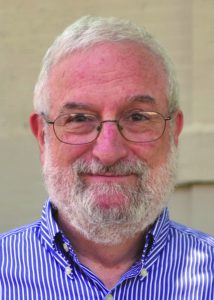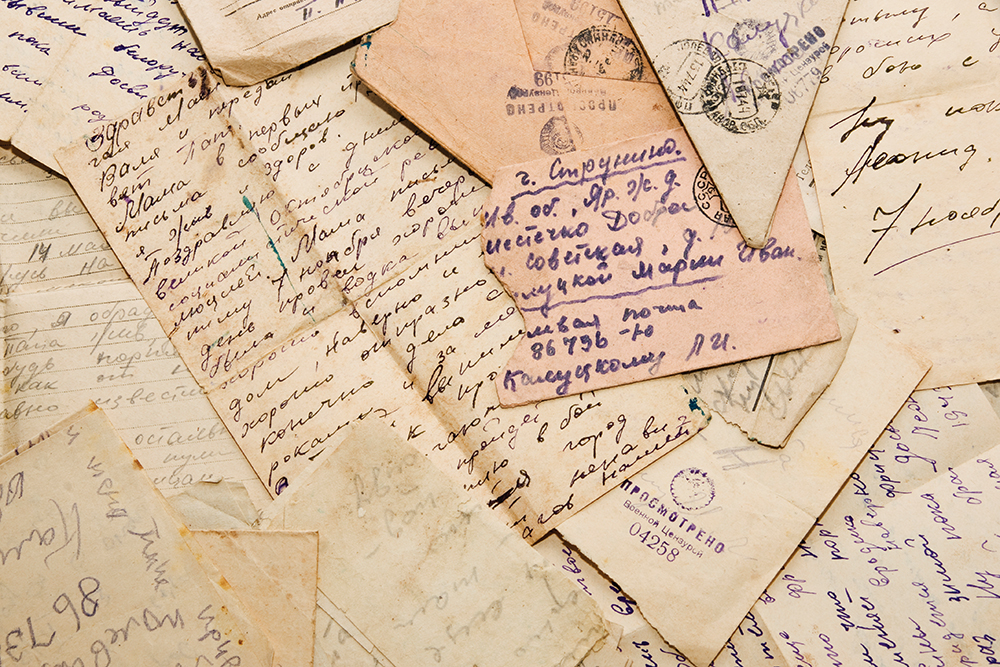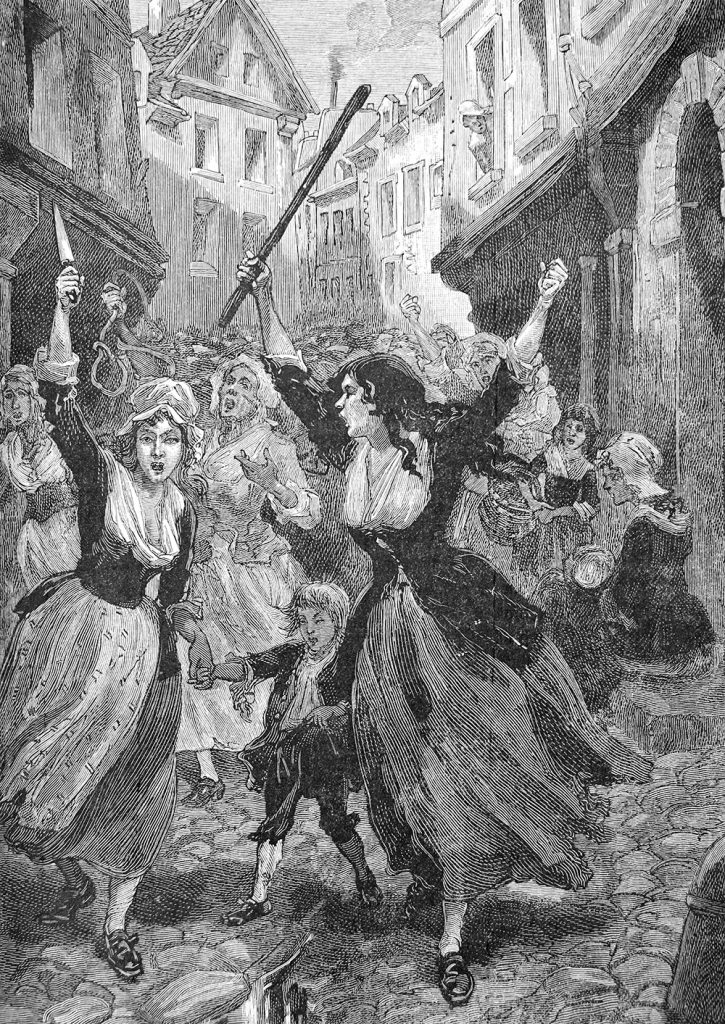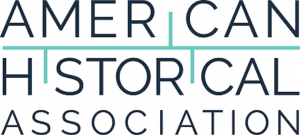The American Historical Association
As the largest organisation of professional historians in the world, the American Historical Association (AHA) represents more than 12,000 members and serves historians representing every period in global history. The AHA promotes the study of history in myriad ways, including providing leadership, fostering collaboration, awarding distinguished work, facilitating innovative teaching, and disseminating research. In this exclusive interview, we have had the pleasure of speaking with Dr James Grossman, Executive Director of the AHA, who discusses the Association’s work on behalf of the entire discipline and the critical role of historical thinking in public life.
 When and why was the AHA first established?
When and why was the AHA first established?
The AHA was established in 1884 and chartered by Congress five years later for the promotion of historical studies, the collection and preservation of historical manuscripts, and for kindred purposes in the interest of American history, and of history in America.
These purposes included bringing together diverse constituencies – including professors, archivists, members of state and local historical societies, and amateur historians – to support one another’s work in part by discussing issues of common interest, which were usually research related.
What are the Association’s aims and vision today?
The AHA promotes historical thinking and historical work in a wide variety of venues, from classrooms at different levels to national parks, museums, digital spaces, and any other place where people engage the past or historical thinking can add value.
The Association convenes communities of historians to inform one another’s professional practice, and establishes standards of ethics and professional practices for people doing historical work. It also advocates on behalf of historians and the importance of history itself across a wide landscape of public culture and policy.
‘The AHA promotes historical thinking and historical work in a wide variety of venues, from classrooms at different levels to national parks, museums, digital spaces, and any other place where people engage the past or historical thinking can add value.’

The AHA is a trusted voice for history education and works to develop standards for good practice in teaching. How do you achieve this?
The AHA does not take a position on what ‘best teaching practices’ are. It’s likely that different pedagogical approaches are more effective than others in different environments. It’s one thing to teach history in a middle-school classroom and another in a graduate seminar. Consider the differences between teaching history in a national park and in a Congressional briefing. Do different aspects of history call for different pedagogical strategies?
What we do emphasise is that teaching begins with thinking about learning. Anyone trying to teach history has to consider the desired learning outcomes, and the learning cultures of the audience at hand. Classroom teachers need to think about assignments as central to the learning process, rather than as mere assessments.
Our role is not to tell people how to teach. It is to create spaces for historians to think and talk about teaching, and to promote the value of history education in a wide variety of venues.
Why is history education important, and why is historical thinking so critical in modern life?
History students sift through substantial amounts of information, organise it, and make sense of it. In the process they learn how to infer what drives and motivates human behaviour from elections to social movements to board rooms. They learn how change happens, how institutions and individuals interact to shape both continuity and change.
Everything has a history. To think historically is to recognise that all problems, all situations and all institutions exist in contexts that must be understood before informed decisions can be made. No entity – corporate, government, non-profit – can afford not to have a historian at the table.
Think also about the ways in which policy makers, politicians, advertisers, and others invoke history to legitimate policies, products and ideas. All Americans need the tools to identify and evaluate implicit and explicit historical claims and statements. For example, ‘Make America Great Again’ is a historical statement. It implies a time in the past. It implies an interpretation of what life was like at that time for some identifiable group of people. Consider the frontier and American Indian iconography that adorns so many products and sports teams. Why do these particular images attribute value or cultural meaning? Because historical symbols, artefacts, arguments, etcetera, are all around us it’s imperative for people to do the historical thinking required to understand the work that is being done by these evocations of the past.
The AHA promotes the value of historical thinking through a variety of print and digital publications, a very active social media presence, briefings for Congressional staff, contributions to and interviews with media from across the country, and our engagement with historians as teachers in diverse venues.

The AHA facilitates collaboration between historians from various different specialisations – please describe some of the ways in which you achieve this.
Our annual meeting, with its attendance of 3500–5000 people, is the largest annual gathering of professional historians in the world. Our program committee looks for sessions that entail conversations among historians of diverse perspectives. We look for panels that organise conversations among historians who ask similar questions but look at different times and places; or who look at similar phenomena but ask different questions. We have organised grant funded initiatives that focus less on a particular topic than a particular professional issue, hence bringing together people who teach and study different times and places.
How do you fund history research and reward outstanding achievement in the field?
The AHA awards 31 prizes for specific achievements and eight more for accomplishment over an extended period of time. The Association also awards various research grants, fellowships and travel grants to its annual meeting.

Finally, the AHA recently hosted the landmark conference ‘The Future of the African American Past’. Please explain the significance of this conference, and what the main outcomes were. How will these outcomes influence the future of the study of African American history?
‘The Future of the African American Past’ was a major aspect of the opening of the National Museum of African American History and Culture. The collaboration between a new Smithsonian Museum and the world’s largest professional association of historians pointed to the interwoven nature of historical scholarship that takes place in various venues: research universities, museums, historic houses, and other types of institutions represented on the program. The very collaboration on an international conference with such a broad intellectual scope called attention to the new Museum’s commitment to scholarship and the AHA’s commitment to public culture.
The content of the conference, available to the public as edited (and therefore digestible) video, both reflected on the last two generations of scholarship in African American history, and sketched a variety of pathways forward. The substantial public attendance at this essentially academic conference was quite striking, and attendees walked away with a good sense of the field of African American history and how scholarship in that field establishes the basis for the work of this new museum.


